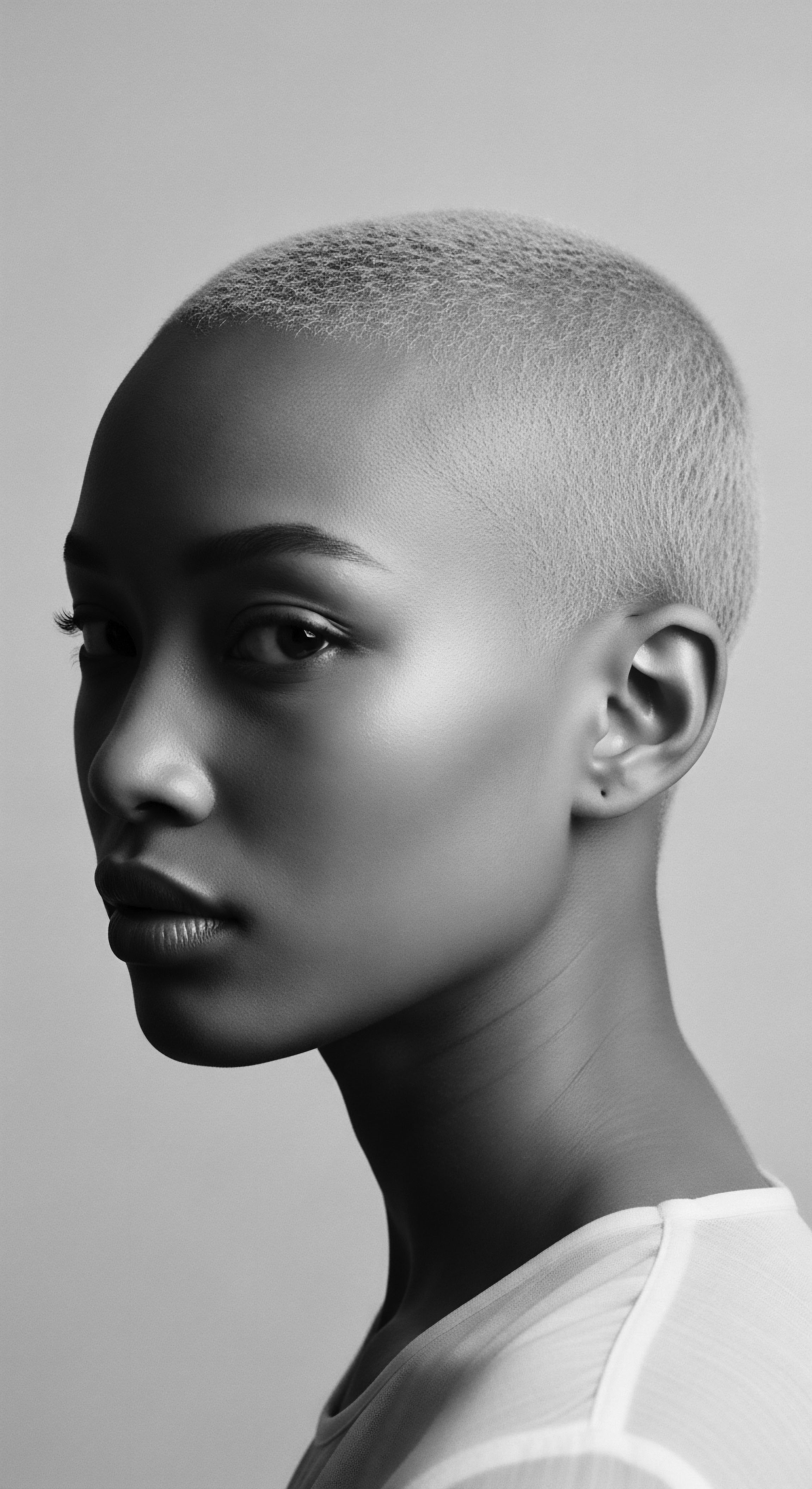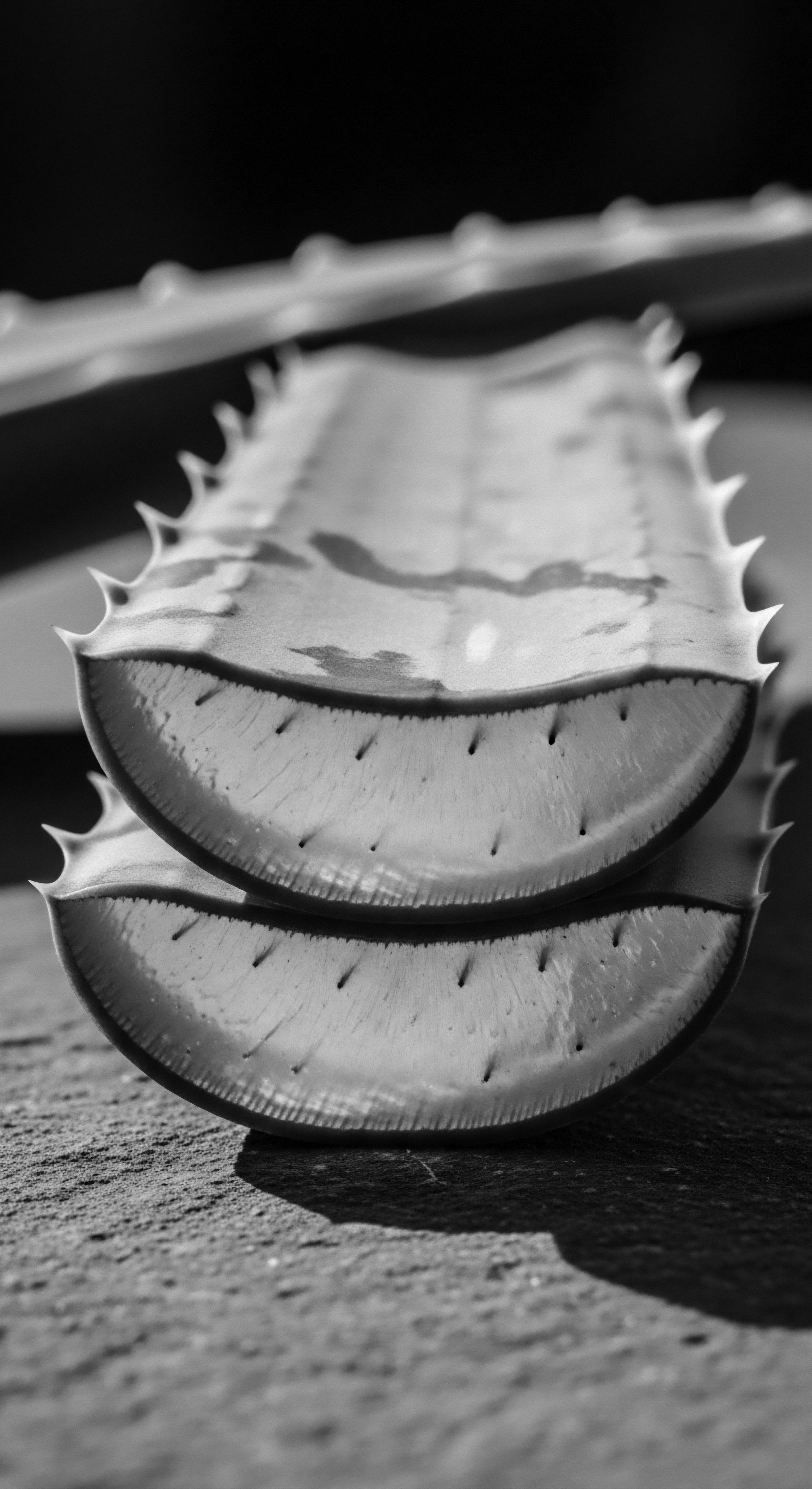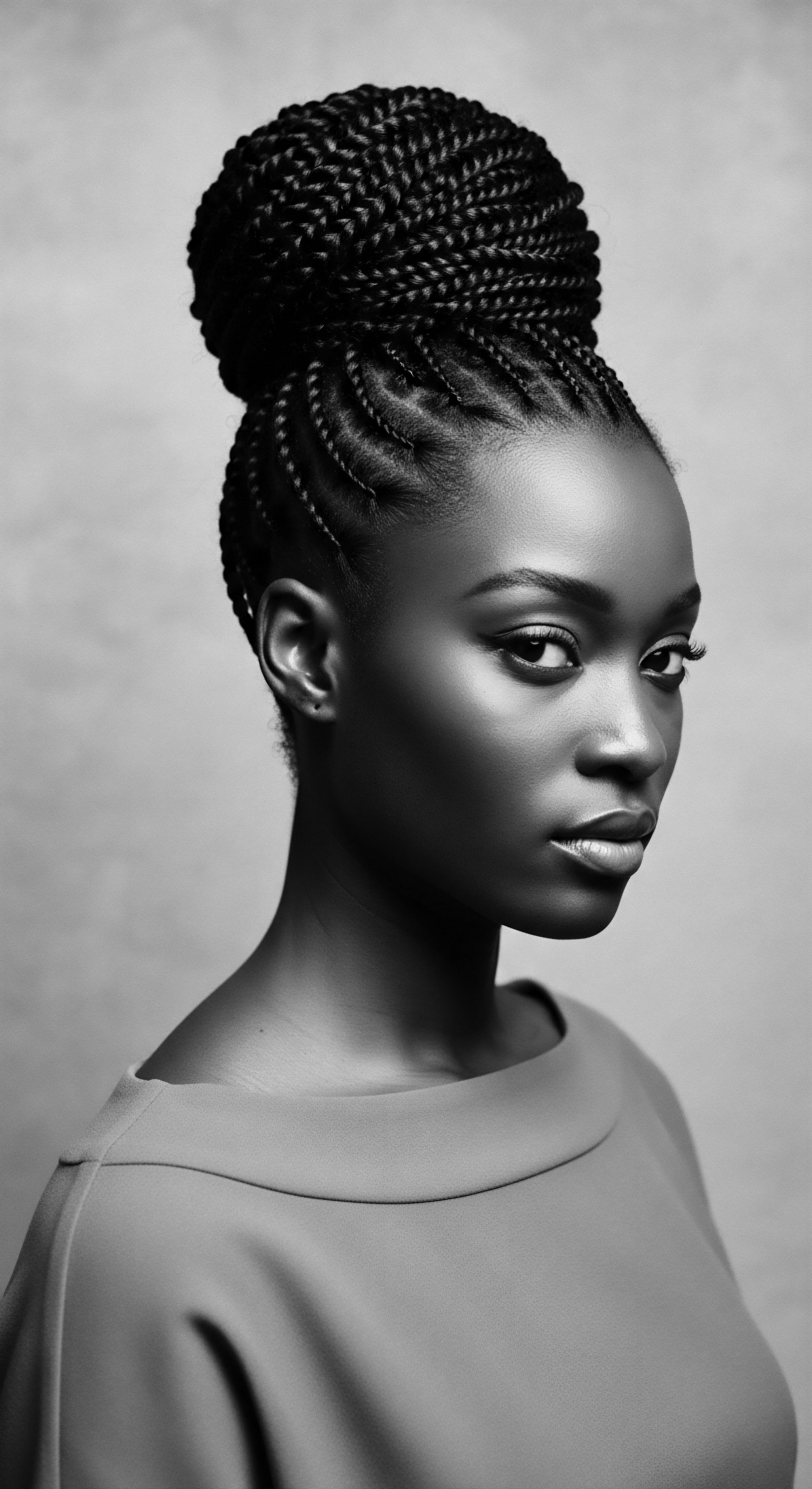
Karite Tree Significance
Meaning ❉ Karite Tree Significance refers to its profound historical and cultural role as a foundational element in Black and mixed-race hair care heritage.

Sleep Bonnet
Meaning ❉ The sleep bonnet is a protective head covering, preserving textured hair from friction and moisture loss, rooted deeply in ancestral care.

How does modern science validate ancestral hair care with plant butters?
Modern science affirms ancestral hair care with plant butters by revealing their lipid profiles align with textured hair's moisture retention needs.

